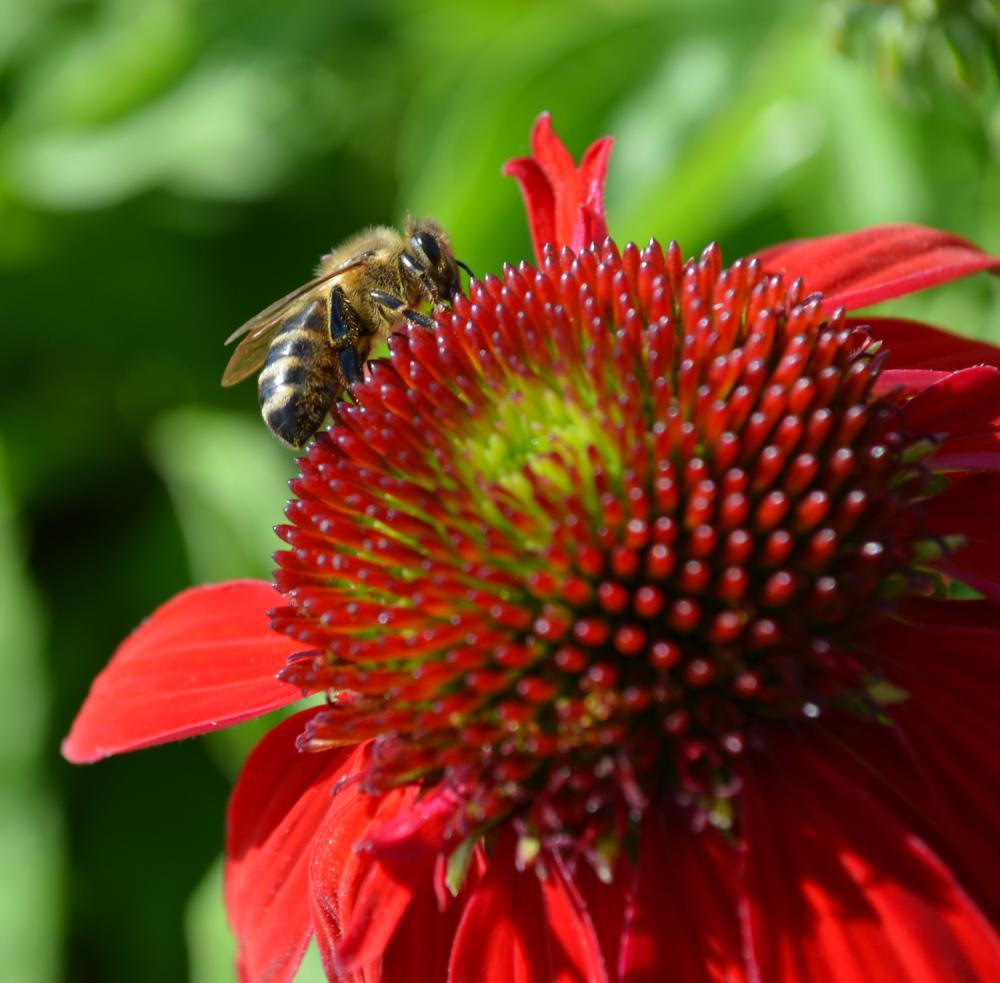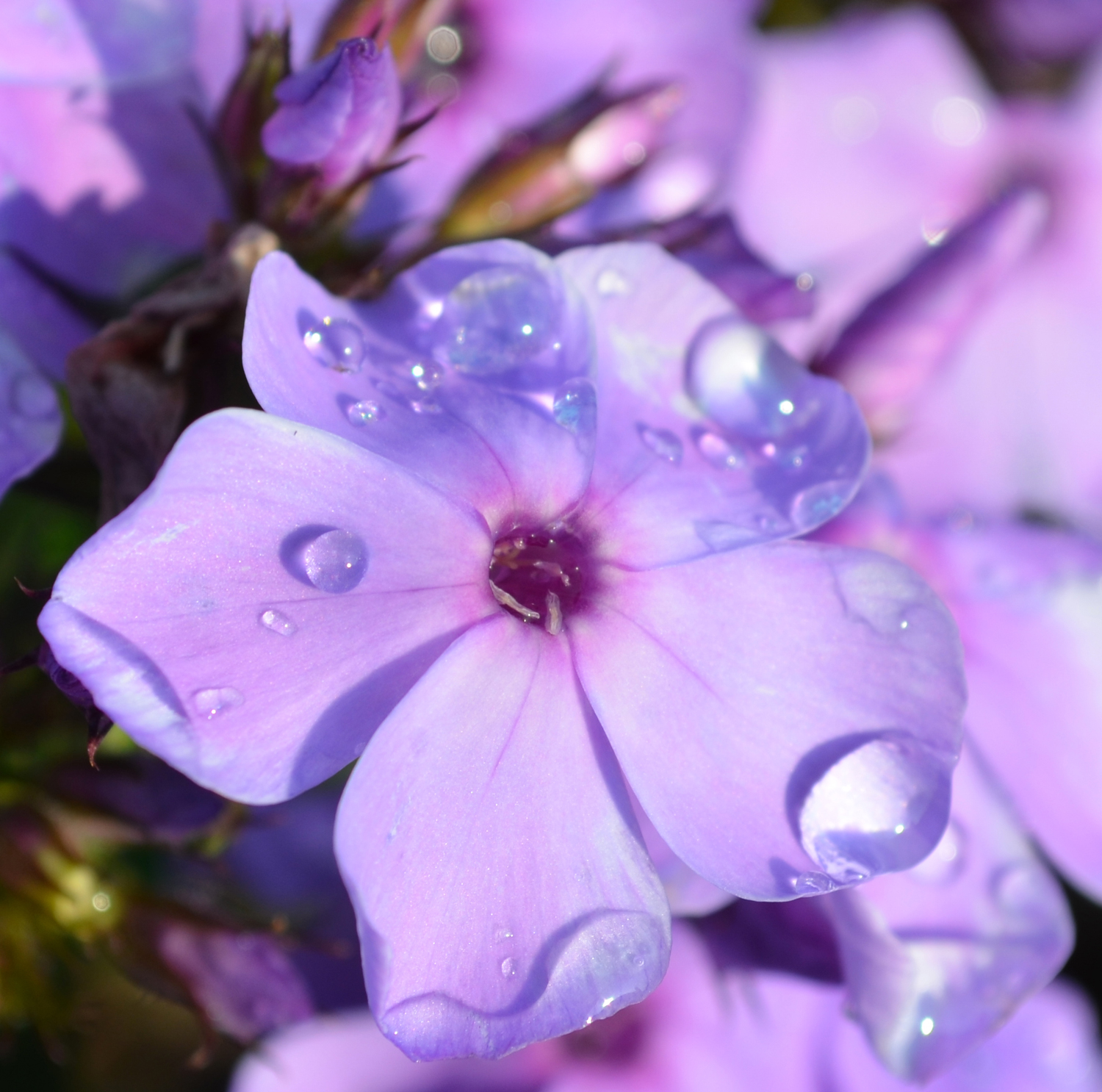Tradescantia, Hybrid Spiderwort 'Sweet Kate'



Out of stock
Coming soon, still growing- Sun Preference
- Part-Sun, No-Sun
- Bloom Time
- May, June
Description
Long blooming, easy to grow. Shocking contrast of bright yellow foliage and gentian-blue flowers; attractive all summer.
Minnesota's Largest Selection of Perennials
Discover an unparalleled selection of perennials at Gertens! With the largest variety in Minnesota, we offer endless options of colorful perennials, natives, and pollinator plants to beautify your garden year after year. From vibrant flowers to lush foliage, our perennials are perfect for adding beauty and charm to your outdoor space. Visit Gertens today and see why we're known as Minnesota's Destination Garden Center!
Details
Height: 16 inches
Spacing: 14 inches
Sunlight: ![]()
![]()
Hardiness Zone: 4a
Other Names: Widow's Tears
Description:
Long blooming, easy to grow. Shocking contrast of bright yellow foliage and gentian-blue flowers; attractive all summer
Ornamental Features
Sweet Kate Spiderwort has masses of beautiful clusters of royal blue flowers at the ends of the stems from early to late summer, which are most effective when planted in groupings. Its attractive grassy leaves emerge gold in spring, turning chartreuse in color throughout the season. The fruit is not ornamentally significant.
Landscape Attributes
Sweet Kate Spiderwort is an herbaceous perennial with an upright spreading habit of growth. Its relatively fine texture sets it apart from other garden plants with less refined foliage.
This is a relatively low maintenance plant, and is best cleaned up in early spring before it resumes active growth for the season. It is a good choice for attracting butterflies to your yard, but is not particularly attractive to deer who tend to leave it alone in favor of tastier treats. It has no significant negative characteristics.
Sweet Kate Spiderwort is recommended for the following landscape applications;
- Mass Planting
- Border Edging
- General Garden Use
- Naturalizing And Woodland Gardens
Planting & Growing
Sweet Kate Spiderwort will grow to be about 16 inches tall at maturity, with a spread of 18 inches. When grown in masses or used as a bedding plant, individual plants should be spaced approximately 14 inches apart. It grows at a fast rate, and under ideal conditions can be expected to live for approximately 10 years. As this plant tends to go dormant in summer, it is best interplanted with late-season bloomers to hide the dying foliage.
This plant does best in partial shade to shade. It requires an evenly moist well-drained soil for optimal growth. It is not particular as to soil type or pH. It is highly tolerant of urban pollution and will even thrive in inner city environments. Consider applying a thick mulch around the root zone in winter to protect it in exposed locations or colder microclimates. This particular variety is an interspecific hybrid. It can be propagated by division; however, as a cultivated variety, be aware that it may be subject to certain restrictions or prohibitions on propagation.
More Information
| Common Family Name | Spiderwort |
|---|---|
| Gerten Grown Plants | Gerten Grown Plants |
| Sun Preference | Part-Sun, No-Sun |
| Bloom Time | May, June |
| Mature Spread (Range) | 12" - 24" |
| Mature Height (Range) | 13" - 24" |
| USDA Hardiness Zone | 4, 5, 6, 7, 8, 9 |


